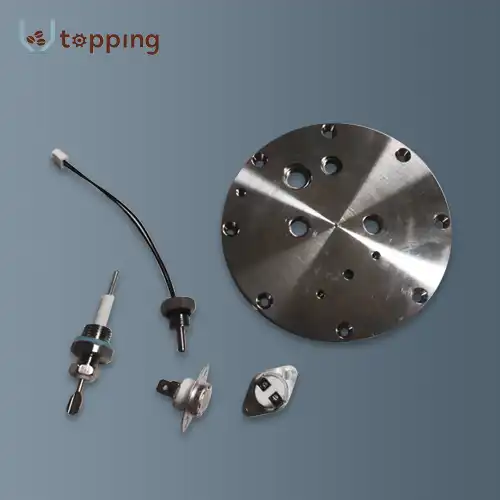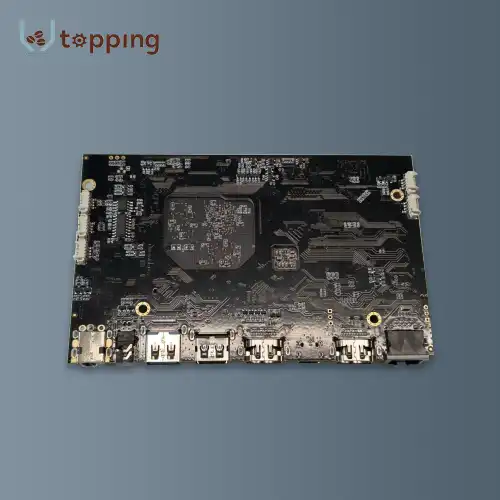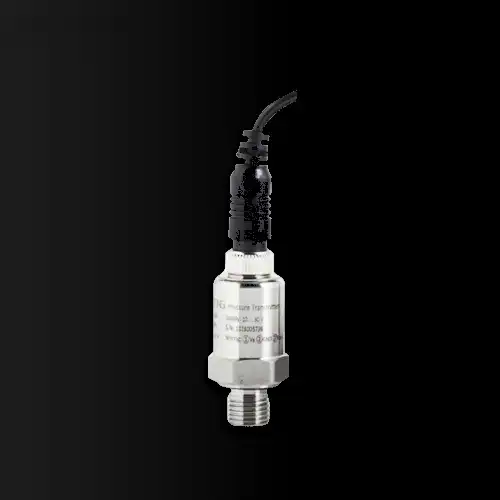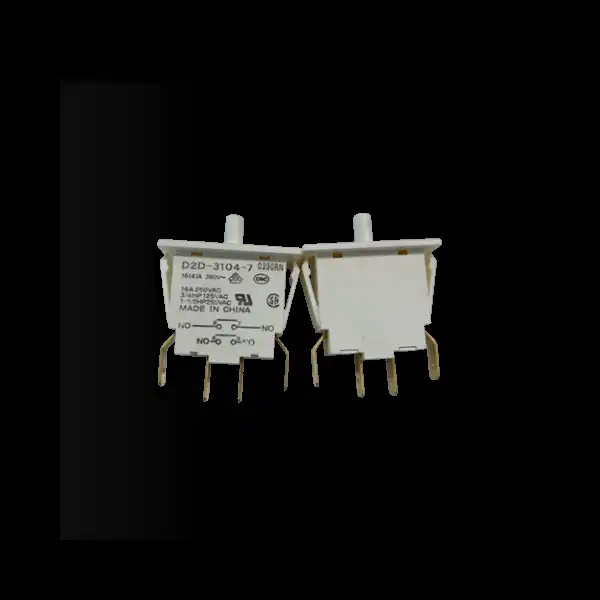What Is a Multi Boiler Coffee Machine?
2024-06-28 15:31:09
A multi evaporator espresso machine, frequently alluded to as a double kettle or multi-bunch Coffee Machine Boiler, is a high level kind of coffee machine intended for serious home baristas, bistros, and business conditions. These machines are outfitted with more than one kettle, commonly a blend heater for keeping up with ideal fermenting temperature and a steam evaporator for creating predictable steam strain for milk foaming. The ability to simultaneously brew espresso and steam milk without sacrificing quality is made possible by this separation, which allows for greater temperature stability and efficiency. In this blog entry, we will dive into the activities of multi evaporator espresso machines, their advantages, and how they contrast with different kinds of coffee machines.
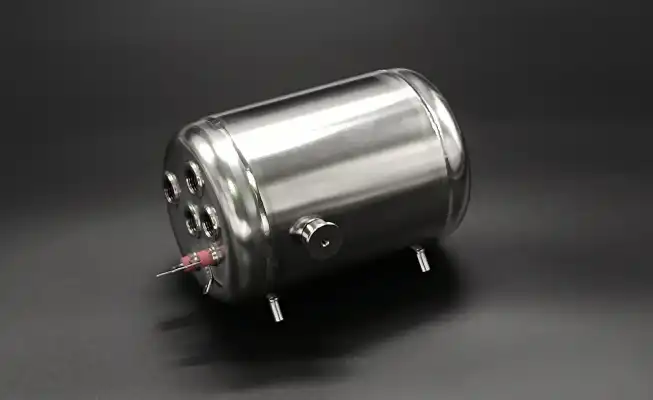
What Are the Key Components of a Multi Boiler Coffee Machine?
Multi Coffee Machine Boiler are composed of several critical components that work together to provide precise temperature control and efficient operation. Understanding these components can help users appreciate the sophistication and performance of these machines.
Brew Boiler
The brew boiler is specifically dedicated to heating water to the optimal temperature for espresso extraction.
- Functionality: It maintains a stable temperature, usually around 90-96°C (194-205°F), which is crucial for extracting the best flavors from coffee grounds.
- Material: Common materials include stainless steel, copper, and brass, each providing excellent heat retention and durability.
Steam Boiler
The steam boiler is dedicated to producing steam for milk frothing.
- Functionality: It heats water to a higher temperature to generate steam, usually around 125-135°C (257-275°F).
- Material: Similar to the brew boiler, it is typically made from materials that offer good heat retention and resistance to corrosion.
Heating Elements
Each boiler has its own heating element, allowing independent temperature control.
- Precision: Separate heating elements ensure that each boiler maintains its specific temperature without affecting the other.
- Efficiency: This design allows for quick heating and minimal temperature fluctuations.
Pump
The pump is responsible for pushing water through the coffee grounds to extract espresso.
- Types: Multi boiler machines often use rotary pumps, which are quieter and provide more consistent pressure compared to vibratory pumps.
- Pressure: The pump generates around 9 bars of pressure, ideal for espresso extraction.
Group Head
The group head is where the portafilter attaches, and it dispenses hot water through the coffee grounds.
- Design: Ensures even distribution of water for consistent extraction.
- Maintenance: Regular cleaning is necessary to prevent coffee oil build-up and maintain performance.
Steam Wand
The steam wand is used to froth milk, producing the microfoam needed for lattes, cappuccinos, and other milk-based drinks.
- Functionality: Delivers powerful and consistent steam from the steam boiler.
- Maintenance: Regular purging and cleaning are essential to prevent clogging and ensure efficient steaming.
How Do You Operate a Multi Boiler Coffee Machine?
Operating a multi boiler coffee machine involves specific steps to take advantage of its advanced features. Here’s a detailed guide on how to use these machines effectively.
Preparing the Machine
1. Fill the Water Reservoir: Ensure the water reservoir is filled with fresh, filtered water to prevent scale build-up.
2. Turn On the Machine: Switch on the machine and allow it to heat up. Thanks to the independent boilers, both the brew and steam boilers will reach their optimal temperatures simultaneously.
Brewing Espresso
1. Grind Coffee Beans: Use a burr grinder to grind fresh coffee beans to a fine consistency suitable for espresso.
2. Dose and Tamp: Place the ground coffee in the portafilter, distribute it evenly, and tamp it firmly to create a level surface.
3. Attach the Portafilter: Insert the portafilter into the group head and lock it in place.
4. Start Brewing: Press the brew button to start the extraction process. The machine will pump hot water through the coffee grounds, producing espresso.
5. Stop Brewing: Once the desired amount of espresso is extracted, stop the brew cycle.
Steaming Milk
1. Prepare the Milk: Pour cold milk into a frothing pitcher.
2. Purge the Steam Wand: Before steaming milk, purge the steam wand to remove any condensation.
3. Steam the Milk: Submerge the steam wand into the pitcher and turn on the steam. Move the pitcher to create a whirlpool effect, integrating air into the milk to form microfoam.
4. Stop Steaming: Once the milk reaches the desired temperature and texture, turn off the steam.
5. Clean the Steam Wand: Wipe the steam wand with a damp cloth and purge it again to prevent milk residue build-up.
How Does a Multi Boiler Coffee Machine Compare to Other Types?
Comparing Coffee Machine Boiler to single boiler and heat exchanger machines can help users determine which type best suits their needs. Here’s a detailed comparison based on various factors.
Temperature Stability
- Multi Boiler: Offers superior temperature stability for both brewing and steaming, ensuring consistent results.
- Single Boiler: May experience temperature fluctuations when switching between brewing and steaming modes. PID controllers can improve stability.
- Heat Exchanger: Generally offers good temperature stability but may require flushing to stabilize the brewing temperature.
Simultaneous Brewing and Steaming
- Multi Boiler: Allows for simultaneous brewing and steaming, making it ideal for high-volume use and creating multiple milk-based drinks quickly.
- Single Boiler: Requires switching between brewing and steaming modes, which can be time-consuming and less efficient.
- Heat Exchanger: Allows for simultaneous brewing and steaming but might require some temperature management.
Cost
- Multi Boiler: Higher cost due to the complexity of having multiple boilers and advanced features.
- Single Boiler: Most affordable option, making it accessible for beginners and home baristas.
- Heat Exchanger: Mid-range cost, providing a good balance between performance and affordability.
Size and Footprint
- Multi Boiler: Larger and heavier, suitable for commercial settings or serious home baristas with ample space.
- Single Boiler: Compact and space-saving, ideal for home use.
- Heat Exchanger: Typically larger than single boiler machines but more compact than multi boiler machines.
What Are the Benefits of a Multi Boiler Coffee Machine?
Multi Coffee Machine Boiler offer several advantages, especially for serious home baristas and commercial users. Here are some reasons to choose a multi boiler machine over other types.
Superior Temperature Control
The ability to control the temperature of the brew and steam boilers independently ensures consistent and optimal results for both espresso extraction and milk frothing.
- Stable Brewing Temperature: Precise control over the brewing temperature allows for better extraction and flavor.
- Consistent Steam Pressure: Independent steam boiler provides consistent and powerful steam for frothing milk.
Efficiency
The ability to brew espresso and steam milk simultaneously makes multi boiler machines highly efficient, especially in high-volume settings.
- Time-Saving: No need to wait for the boiler to heat up or cool down between brewing and steaming.
- High Throughput: Ideal for busy cafes and coffee shops where multiple drinks need to be prepared quickly.
Flexibility
Multi boiler machines offer flexibility in terms of brewing and steaming, allowing users to customize their drinks with ease.
- Customizable Settings: Advanced features like programmable temperature settings, shot timers, and pre-infusion options provide greater control over the brewing process.
- Versatility: Suitable for making a wide range of coffee drinks, from espresso to milk-based beverages.
How Does a Multi Boiler Machine Enhance Coffee Quality?
Multi boiler coffee machines are designed to deliver superior coffee quality through precise temperature control and efficient operation. Here’s how they enhance coffee quality.
Optimal Extraction
Consistent and stable brewing temperature ensures optimal extraction of coffee flavors, resulting in better-tasting espresso.
- Flavor: Precise temperature control helps extract the best flavors from the coffee grounds, avoiding bitterness or sourness.
- Aroma: Stable temperature preserves the aromatic compounds in the coffee, enhancing the overall sensory experience.
Perfect Milk Frothing
Consistent steam pressure from the steam boiler allows for perfect milk frothing, creating the ideal texture for lattes, cappuccinos, and other milk-based drinks.
- Microfoam: Consistent steam pressure helps create smooth and velvety microfoam, essential for latte art and textured milk.
- Temperature Control: Independent steam boiler ensures that milk is frothed to the perfect temperature, avoiding scalding or under-heating.
Customization
Advanced features of multi boiler machines allow users to customize their drinks to their exact preferences.
- Pre-Infusion: Allows for even saturation of coffee grounds, improving extraction and flavor.
- Programmable Settings: Users can set and save their preferred brewing and steaming parameters for consistent results.
What Are the Drawbacks of a Multi Boiler Coffee Machine?
While multi boiler coffee machines offer many benefits, they also have some drawbacks that users should consider.
Higher Cost
Multi boiler machines are generally more expensive than single boiler and heat exchanger machines due to their advanced features and complexity.
- Initial Investment: Higher upfront cost can be a barrier for some users.
- Maintenance Costs: Advanced components may require professional servicing and maintenance, adding to the overall cost.
Larger Size
The larger size and footprint of multi boiler machines can be a disadvantage for users with limited counter space.
- Space Requirements: Requires ample counter space, making it less suitable for small kitchens.
- Portability: Heavier and less portable than single boiler machines.
Complexity
The advanced features and settings of multi boiler machines can be overwhelming for beginners.
- Learning Curve: New users may need time to learn how to operate the machine and take full advantage of its features.
- Maintenance: Regular maintenance and cleaning are essential to keep the machine in optimal condition, which can be time-consuming.
Conclusion
A multi Coffee Machine Boiler is a powerful and efficient tool for serious home baristas and commercial users who demand superior coffee quality and performance. With its independent boilers, advanced features, and precise temperature control, it offers significant advantages over single boiler and heat exchanger machines. While the higher cost and larger size may be drawbacks, the benefits of consistent and optimal coffee extraction, efficient operation, and customization make it a worthwhile investment for those who are passionate about their coffee.
References
1. Coffee Geek. (2023). Multi Boiler Espresso Machines: A Comprehensive Guide. Retrieved from https://www.coffeegeek.com/guides/multi-boiler-espresso-machines
2. Home Grounds. (2023). Best Multi Boiler Espresso Machines for Home Use. Retrieved from https://www.homegrounds.co/best-multi-boiler-espresso-machines
3. Perfect Daily Grind. (2023). Multi Boiler vs. Single Boiler: Which Is Better? Retrieved from https://www.perfectdailygrind.com/multi-boiler-vs-single-boiler
4. Barista Institute. (2022). How to Choose the Right Espresso Machine. Retrieved from https://www.baristainstitute.com/how-to-choose-right-espresso-machine
5. Seattle Coffee Gear. (2023). Multi Boiler Espresso Machines: Pros and Cons. Retrieved from https://www.seattlecoffeegear.com/multi-boiler-espresso-machines
6. The Spruce Eats. (2023). Understanding Espresso Machine Boilers. Retrieved from https://www.thespruceeats.com/understanding-espresso-machine-boilers-4160333
7. Consumer Reports. (2023). Best Espresso Machines of 2023. Retrieved from https://www.consumerreports.org/espresso-machines/best-espresso-machines-of-2023/
8. Espresso Parts. (2023). Espresso Machine Boiler Maintenance. Retrieved from https://www.espressoparts.com/blogs/news/espresso-machine-boiler-maintenance
9. Wired. (2023). The Best Espresso Machines for Every Budget. Retrieved from https://www.wired.com/review/best-espresso-machines/
10. Coffee Detective. (2023). Espresso Machine Maintenance Tips. Retrieved from https://www.coffeedetective.com/espresso-machine-maintenance-tips
Send Inquiry
Related Industry Knowledge
- How to deal with Vending machine cup dispenser empty?
- Vending Machine Cup Dispenser Mechanism
- What are the sizes of vending machine touch screen?
- Why is Hygiene Important in Vending Machine Cup Dispensers?
- How does a coffee brewing Unit work?
- Can I grind coffee beans without a grinder?
- Coffee machine pump pressure
- What is a Coffee Machine Pump?
- Coffee Vending Machine Mixing Systems Components
- What Factors Influence the Selection of Mixing Systems for Vending Machines?

.webp)
